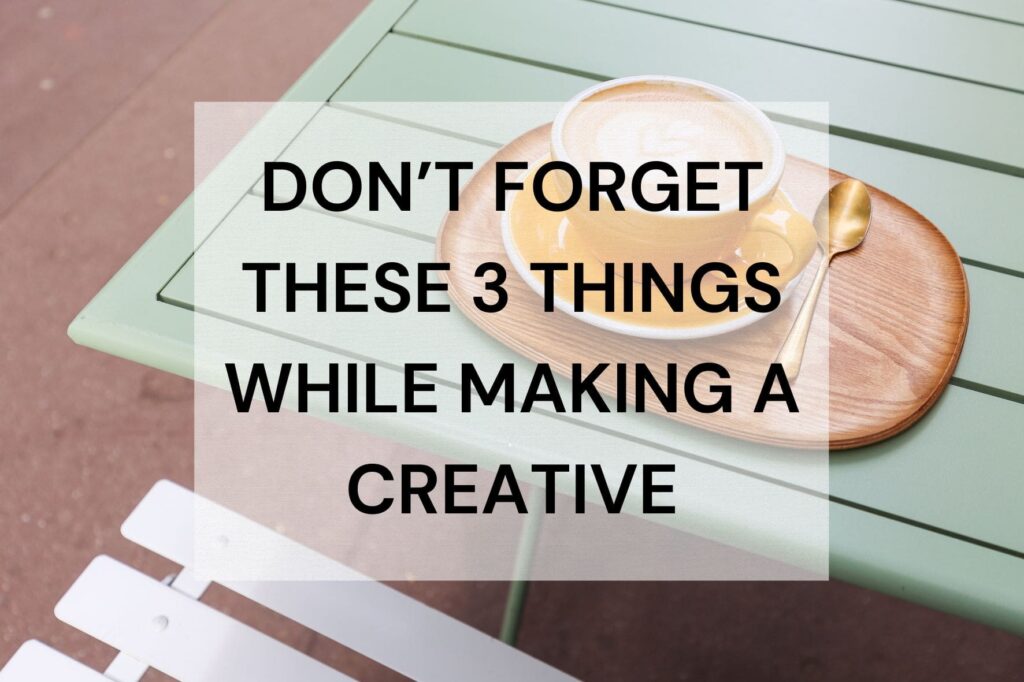
Creating eye-catching posters and banners is a powerful way to communicate your message to your target audience. Whether you are targeting consumers (B2C), businesses (B2B), or selling directly to customers (D2C), keeping three key elements in mind can help you craft compelling visuals that resonate with your audience. Let’s delve into these essential aspects and explore how you can create impactful designs that drive action.
1. Understand your target audience/ Know your audience
Before diving into the design process, it’s crucial to understand who your target audience is. Consider their demographics, interests, and preferences. For B2C campaigns, you might be targeting millennials interested in sustainable products, while for B2B, your audience could be professionals looking for innovative solutions. D2C audiences might be tech-savvy individuals seeking convenience and quality.Tailoring your design to resonate with your audience is key. For example, a B2C poster promoting eco-friendly products could feature vibrant, nature-inspired visuals to appeal to environmentally conscious consumers. On the other hand, a B2B banner for a software solution might focus on sleek, professional design elements to convey reliability and efficiency.
2. What message to convey/ Crafting your message
Once you have a clear understanding of your audience, it’s time to define the message you want to convey. Your message should be concise, compelling, and aligned with your brand identity. Whether you’re promoting a new product, announcing a sale, or showcasing your services, clarity is essential.For a B2C campaign targeting fitness enthusiasts, a poster highlighting the benefits of a new workout program could feature bold, motivational text and dynamic images. In a B2B context, a banner advertising a cybersecurity solution might emphasize trust, security, and reliability through a combination of sleek graphics and authoritative language.
3. Specify the action you desire your audience to undertake.
The ultimate goal of your poster or banner is to prompt your audience to take action. Whether it’s making a purchase, signing up for a service, or visiting your website, a clear call to action (CTA) is essential. Your CTA should be prominent, compelling, and aligned with your overall message.In a D2C campaign promoting a limited-time offer, a banner could feature a bold “Shop Now” button to encourage immediate action. For a B2B poster showcasing a new consulting service, a CTA like “Schedule a Demo” could prompt interested businesses to learn more about your offerings.
SEO-Friendly Design Tips
To ensure your posters and banners reach a wider audience online, consider incorporating SEO-friendly elements into your design. Use relevant keywords in your copy, optimize image alt text, and include your brand name for visibility. Additionally, consider the following tips:
- Keep text concise and legible for easy readability.
- Use high-quality images that align with your brand and message.
- Optimize file sizes for faster loading times.
- Include your website URL for easy access to more information.
By incorporating these SEO best practices, you can enhance the visibility and effectiveness of your posters and banners across digital platforms.In conclusion, creating engaging posters and banners involves understanding your audience, crafting a compelling message, and driving action through clear CTAs. Whether you’re targeting consumers, businesses, or selling directly to customers, keeping these key elements in mind can help you design visuals that resonate with your audience and drive results. Remember to stay true to your brand identity, experiment with different design elements, and continuously refine your approach to create impactful and memorable visuals.



